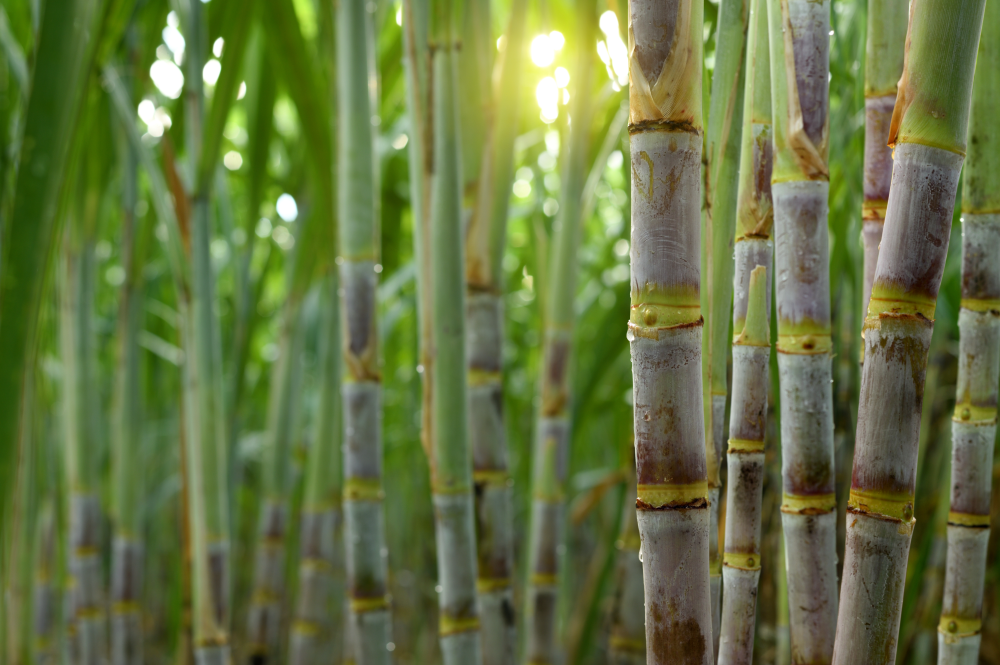Electricity Generation from Sugarcane

Popular renewable energy sources that come to mind are wind, solar, and hydropower; however, there is an emerging renewable energy source on the rise: sugarcane bagasse. Bagasse is the dry, pulpy, fibrous residue left after crushing sugarcane stalks to extract juice. Sugarcane bagasse is now powering numerous power plants around the world and could potentially be a solution to the climate crisis.
Sugarcane Bagasse Production
During the production process of sugarcane, stalks are crushed to extract juice used for cane sugar, leaving the remaining residue which is called bagasse.
For the energy production process, bagasse residue is washed and heated to reduce its moisture content, with the resulting dry pulp being burnt in a combined heat and power (CHP) plant to generate electricity.
This process is being used all over the world in places such as North America, Mauritius, India, and Brazil.
Sugarcane Energy Positives
Renewable Waste Product
Bagasse is a waste product, and as sugarcane is the largest produced crop in the world by production quantity, masses of this resource are needlessly burnt or discarded.
Fortunately, bagasse has been used to produce paper and sustainable packaging for many years, due to its fibrous nature and the rising demand for eco-friendly products on the market. Paired with the new opportunity for energy production, these solutions promote waste reduction and resource recovery.
Storage
One of the main benefits of using sugarcane byproducts to produce electricity is that bagasse can be stored and only used when the energy is needed. This prevents renewable resources from going to waste in addition to ensuring a consistent supply based on demand.
Sugarcane is native to tropical rainforests and warmer climates, meaning it can be used to power nearby islands that are not connected to the mainland electrical grid.
Lower Emissions
Although burning bagasse emits CO2, it is much lower than the emissions linked to combustion of coal or other fossil fuels. Additionally, the amount of CO2 emitted from the burning process is less than the amount of carbon absorbed from the atmosphere when the sugarcane is grown, making the process carbon neutral.
Furthermore, using sugarcane for energy production reduces methane gas emissions, as these emissions are produced if the sugarcane is left to rot.
Drawbacks of Sugarcane
Before we get too excited that there may be a new solution to the climate crisis, it’s important to remember that bagasse energy production is still in its early stages with many challenges that need to be addressed.
Firstly, sugarcane harvesting takes place from July to December, meaning that during six months of the year, bagasse is not produced. Considering that bagasse is also used for animal feed, pulp and paper production, it creates an issue of competition in demand.
Another factor is the efficiency in which the energy can be produced. Although many mills/plants have undergone modernisation in recent years, and there have been significant improvements in power generation efficiency, more research is needed for large scale energy production.
Earlier this year, Brazilian energy company Energetica Suape II S.A. partnered with a local technology group to create and trial the first sugarcane fuelled energy system for large-scale electricity generation. This would be the first extensive system of its kind, with current systems being much smaller and therefore producing less energy.
Additionally, the sustainability of sugarcane cultivation practices must be monitored, including water management and the protection of biodiversity.
Outlook
Harnessing the potential of sugarcane bagasse for the production of electricity is a viable and sustainable approach to producing renewable energy. It further reduces the reliance on fossil fuels and producing less greenhouse gas emissions in the process. However, there is still a long journey ahead to make renewable energy the favourable power source.


